Remembering "Little Poison"
Tonight's upcoming All-Star game got me to waxing nostalgic ...
I was around 12 years old and a diehard baseball fanatic when my dad took me to meet Lloyd Waner.
Some of you might not know who the hell that is. In the annals of baseball heroics, the name Lloyd Waner has inevitably dimmed over the decades, but in his day, the Pittsburgh Pirate outfielder dubbed "Little Poison" was one of the greatest to play the game.
A native of Harrah, Oklahoma, Lloyd and his brother, "Big Poison" Paul, were both early inductees to Cooperstown. My dad, who was a baseball fan himself, had phoned Lloyd out of the blue to see if the old man would be willing to meet a dorky kid who loved baseball and was almost reverent about the game's legends of the past.
Waner lived in a small, modest house in rural Oklahoma County. The front door had a wire mesh screen, and through it I caught my first glimpse of this hobbled little man who had batted .355 his rookie year -- in 1927 -- and played alongside the likes of Babe Ruth, Lou Gehrig and Honus Wagner.
Waner and his wife were gracious hosts. Still, it must not have been easy for them, especially Lloyd, who had difficulty walking and continued to wheeze from emphysema -- apparently a common byproduct of 1930s-era base runners who kicked up so much dirt and dust during their heyday. I was mesmerized. On that hallowed Saturday afternoon, the old man took a seat and regaled me and my father with stories of the 1927 World Series (in which the Pirates played the Yankees and its immortal "Murderer's Row") and other near-mythical things. He showed us a baseball, now caked in dirt, that Babe Ruth had clobbered into a home run. He leafed through some baseball books I had brought with me, amused to read articles about himself that he had never before seen.
Lloyd Waner died a few years after that Saturday meeting. There was not much he was able to leave his widow. Waner had retired from Major League Baseball in the mid-1940s, just before a pension plan was implemented in 1947.
The ensuing years in journalism afforded me the opportunity to visit with many sports legends, especially heroes of the baseball diamond. None were more accommodating and genuine than Lloyd Waner.
In this day and age, in which steroid-enhanced players make obscene amounts of money, it is a bit infuriating that Major League Baseball appears so disinterested in taking care of so many of its aged. Today, there are fewer than 50 living ex-ballplayers who retired before the pension plan took effect, and still neither the owners nor the players' union have done squat to remedy that injustice.
There are examples out there from which Major League Baseball could take its cue. The Motion Picture and Television Fund, for example, is one way in which the moguls of the entertainment industry help take care of their forbearers. While I can't say with 100-percent certainty that no counterpart exists for professional baseball, I'm close to sure.
Lloyd Waner deserved better. So do the other veterans of the game who failed to reap the benefits of unionization.




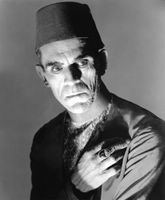





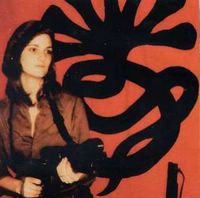

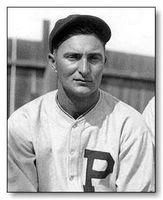

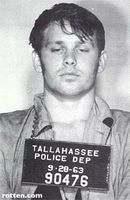
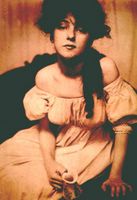

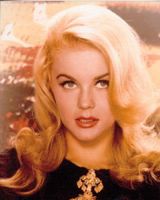


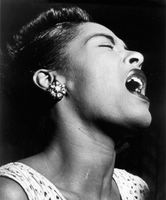


0 Comments:
Post a Comment
<< Home